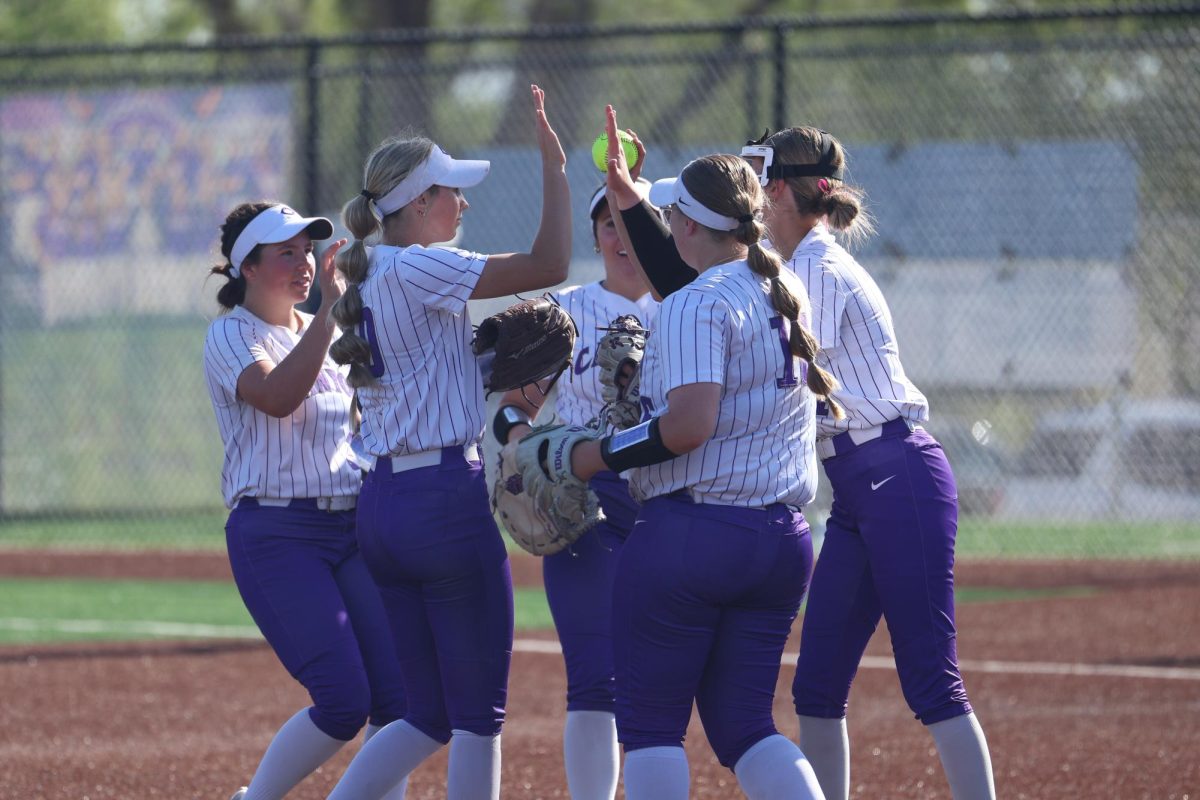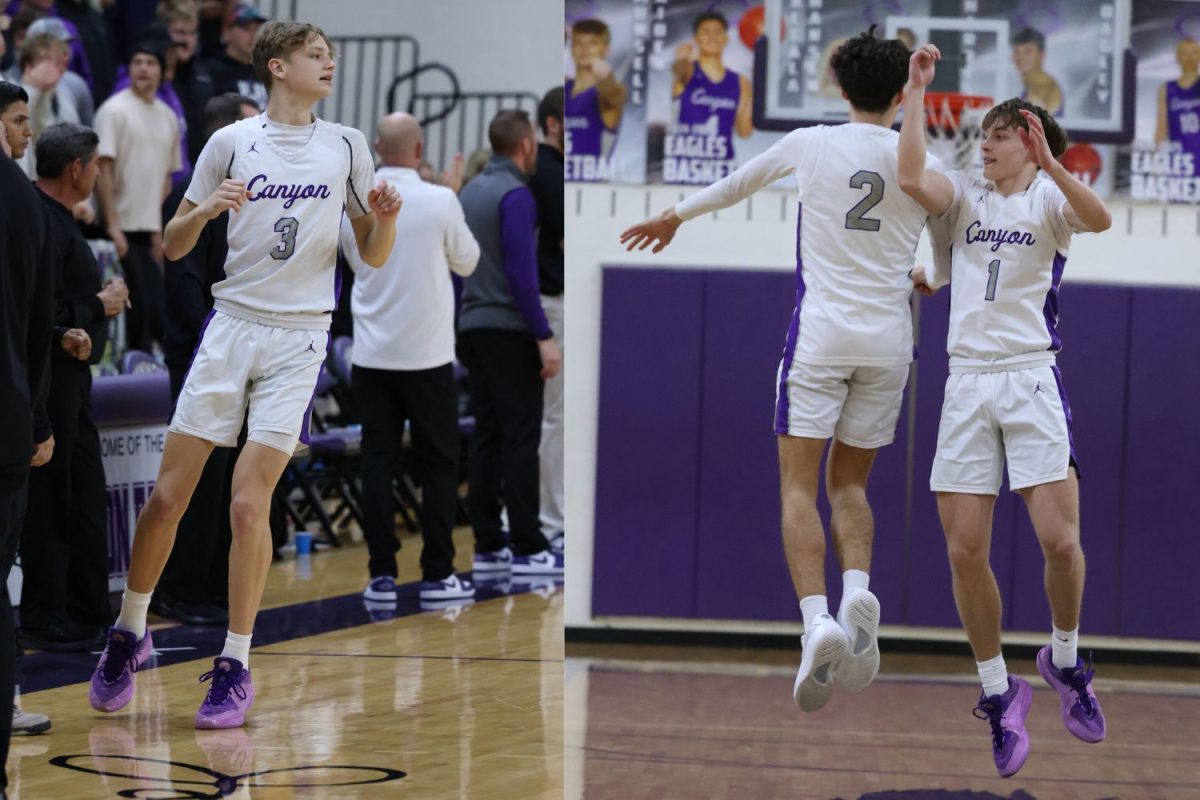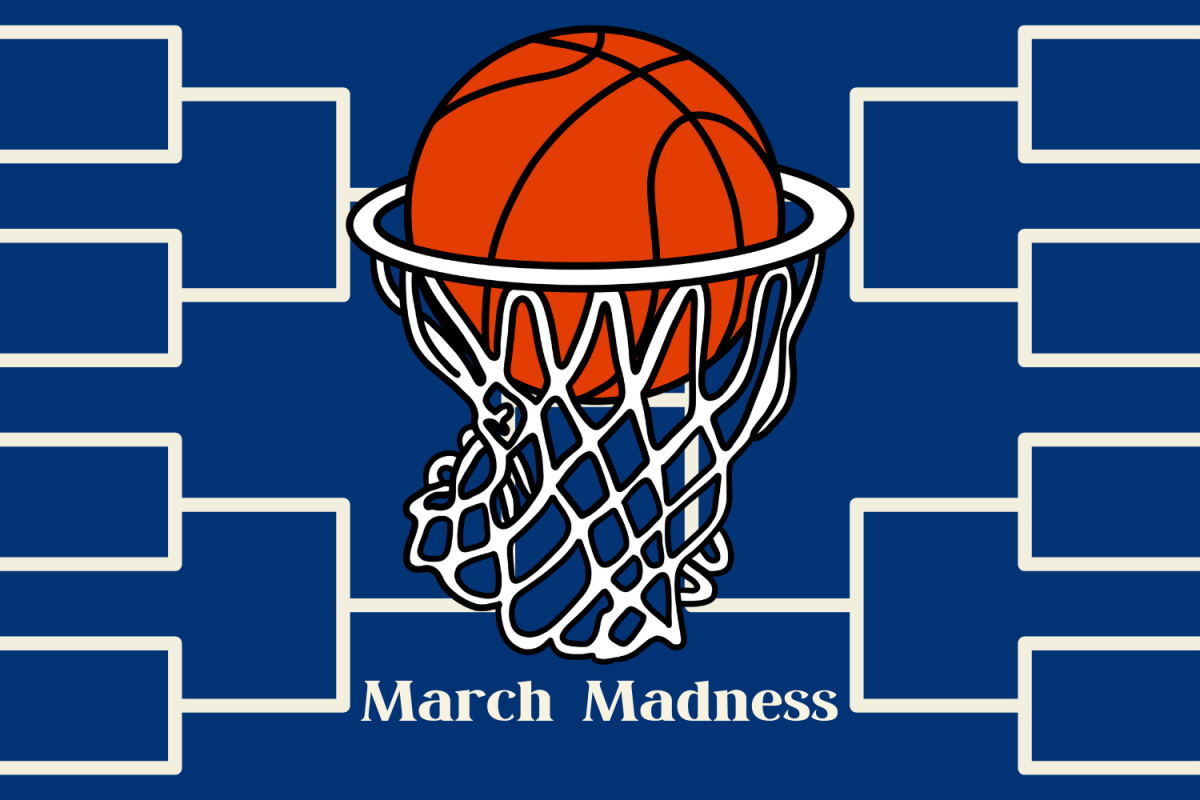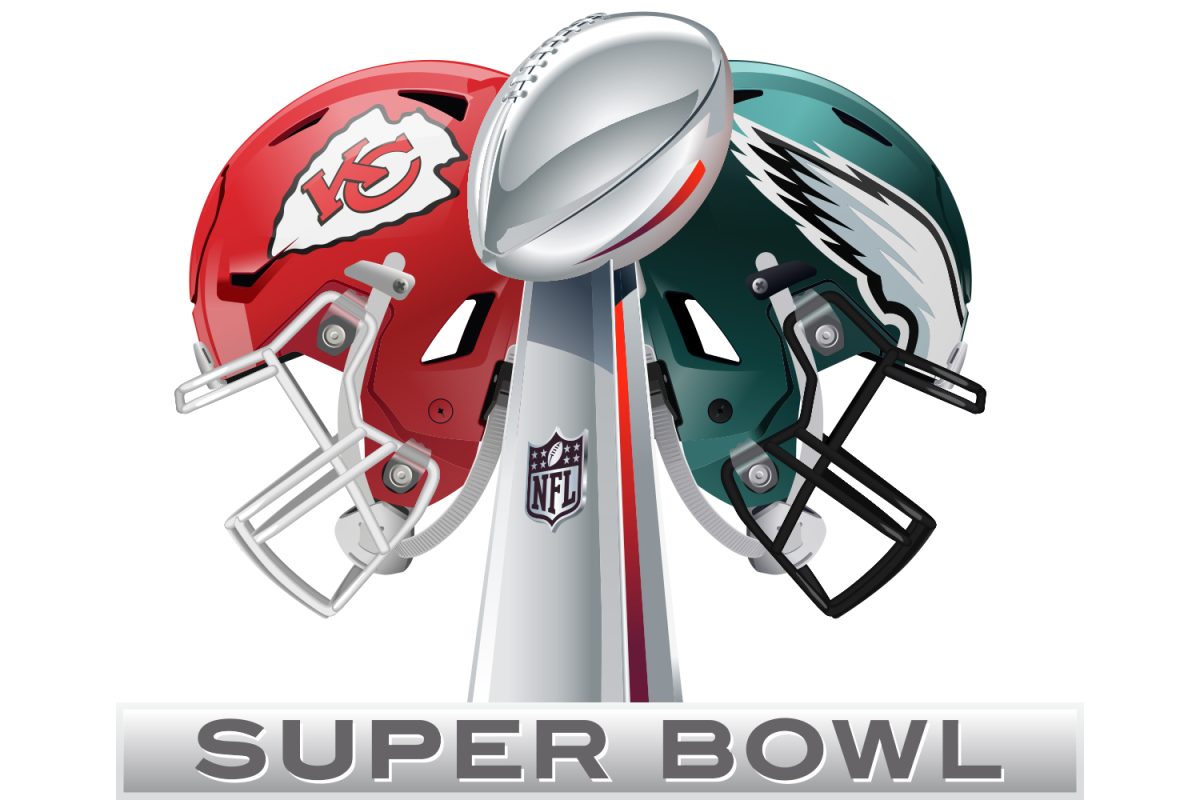The Heisman race concludes Saturday with the presentation ceremony in New York City. Earlier this week, ESPN announced the three finalists for the award—Johnny Manziel, quarterback of Texas A&M, Manti Te’o, linebacker of Notre Dame and Collin Klein, quarterback of Kansas State. Several analysts predict Manziel will win the award, though an interesting question comes up: will enough voters place a freshman first? Manziel did not speak with the media until last week.
So who makes up the Heisman electorate? The official website of the Heisman trophy reports that sectional representatives select state representatives, who in turn choose the voters within the state they represent. The states are divided into six sections, which get 145 votes each for a total of 870 media votes. In addition, all living former Heisman winners have one vote each, 57 as of this year. Since 1999, the trophy’s sponsor has also hosted one fan vote where they cast their ballot according to the final results of the public poll.
Each voter writes down, in order, their top three choices to win the Heisman. They do not have to vote for all three finalists. When complete, the voter signs his or her ballot and sends it off. Three points go to the first vote, two to the second and one to the third. The Heisman Committee tabulates the votes to determine the winner.
At this point, it sounds as though the vast majority of Heisman voters have cast their ballot if not all of them. The Heisman Committee does not legally bind voters to secrecy, but have pushed since August for voters to not say who they voted for until after they announce the winner. This does not stop some voters, which included the Globe-News last year, from revealing their ballot.
Among revealed voters, the prevailing trend suggests Johnny Manziel will win the Heisman. Why not? After all, his numbers as a redshirt freshman beat Heisman winner Cam Newton’s two years ago when he won the Heisman and Auburn won the national championship.
Manziel set the Southeastern Conference record for most total yards in a season (4600), has a passer rating of 155.9 for the season, averaged 8.5 yards per pass attempt (longest pass was 89 yards) and 6.4 yards per rush attempt (longest rush was 72 yards) and scored 43 total touchdowns with only eight interceptions in a defense-heavy conference. A clutch performance against title contender Alabama on the road put Manziel in the spotlight and nothing has taken him out since.
Then there is Manti Te’o, linebacker for No. 1 Notre Dame. His leadership in the Fighting Irish defense led to key victories over Oklahoma and USC, both on the road. 103 tackles, 52 solo and 51 assisted, 5.5 tackles for a loss, 1.5 sacks, 7 interceptions (tied for most in the nation), 11 passes defended and one fumble recovered. Te’o won this year’s Walter Camp, Bednarik, Maxwell, Lombardi, Butkus and Bronko Nagurski awards. The numbers place Te’o on his own level, though no defense-only player has won the Heisman and the excitement about Johnny Football may push Te’o down to second.
Collin Klein was the frontrunner for a while and is the third finalist in the voting. Klein led the Kansas State Wildcats to a share of the Big 12 title, their third conference title in 99 years. Thirty-seven total touchdowns, a passer rating of 156.1, average of 9.2 passing yards per attempt, 4.6 yards per rushing attempt, 3380 total yards, 66.2 percent completion rate and seven interceptions doesn’t sound all that bad. Klein’s game against Baylor killed his Heisman momentum and K-State’s national title chances. Three interceptions in that game against a Baylor team struggling to get into a bowl game at the time as well as inability to keep up with the Bears’ offensive pace all but assured Manziel took the first spot in most voters’ minds.
How I think most Heisman ballots will go:
1) Johnny Manziel, QB, Texas A&M
2) Manti Te’o, LB, Notre Dame
3) Collin Klein, QB, Kansas State
How I would vote:
1) Manti Te’o, LB, Notre Dame
2) Johnny Manziel, QB, Texas A&M
3) Collin Klein, QB, Kansas State
As much as I buy into Manziel’s legitimacy as a high-level quarterback in college football, the difference Te’o made in the Irish lifted them to the national championship game. The Irish gave up 26 points in triple overtime to Pitt. In regulation, Purdue racked up the highest score against Te’o and the Irish with a whopping 17 points. Notre Dame went to Norman and Pasadena and limited traditional powerhouses to 13 points each.
Straight off the bat, Manziel had a decent outing in the Aggies’ SEC debut against Florida, but the loss did them no favors later on in the season as they fell short in the SEC West with that loss and one against LSU.
As for Klein, looking at his numbers side-by-side against Manziel and understanding the context of the Big 12 and the SEC, Manziel’s numbers are more impressive because, again, the SEC is a defense-heavy conference. Alabama has allowed the fewest yards per game in the FBS. Notre Dame is sixth on that list. LSU is eighth. TCU ranks the highest in the Big 12 at 18th.
The Big 12 features a ton of passing throughout most teams and follows the trend of most D-1 schools these days in stacking their best athletes on offense. For scoring defense, I had to go down to 24th to find Kansas State in scoring defense, best in the Big 12. On the way down, I saw Alabama (second), Florida (third), LSU (11th), South Carolina (13th) and Georgia (17th) higher on the list, all SEC teams.
Notre Dame is sixth in total defense and first in scoring defense. A lot of credit goes to Te’o for that fact, which is my case as to why he should win the Heisman over Manziel and Klein.







